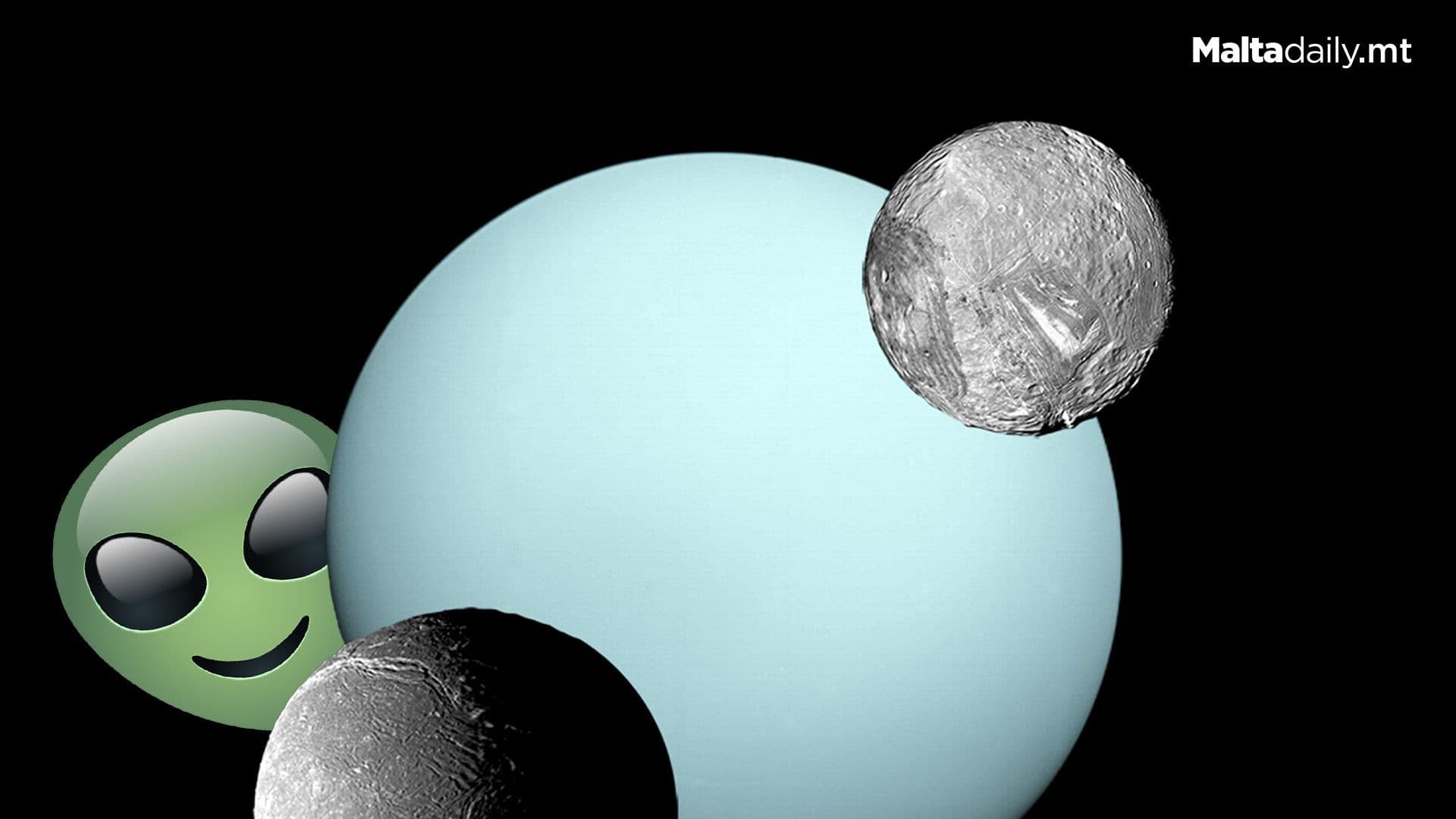Moons Of Uranus Could Hold Potential For Life

New research suggests that Uranus and its five largest moons may harbour hidden oceans and conditions suitable for life.
Previously, scientists viewed Uranus as a cold, lifeless planet, largely based on data from NASA’s Voyager 2 mission, which visited nearly 40 years ago.
However, recent analysis reveals that Voyager’s encounter took place during an intense solar storm, potentially skewing our perception of the Uranian system by temporarily altering the planet’s magnetic field and sweeping away atmospheric material.
According to Dr. William Dunn from University College London, this disruption may mean Uranus and its moons are more complex than initially believed, with moons that could have subsurface oceans.
Voyager scientist Linda Spilker, who helped analyse the original data, called the findings “thrilling” and expressed excitement about the potential for life within the Uranian system.
NASA is preparing for a follow-up mission, the Uranus Orbiter and Probe, set to launch within the next decade and expected to reach Uranus by 2045. Dr. Jamie Jasinski from NASA noted that the latest study will influence the mission’s design to capture unaffected data. This mission aims to verify whether Uranus’s icy moons might indeed support life.
#MaltaDaily


